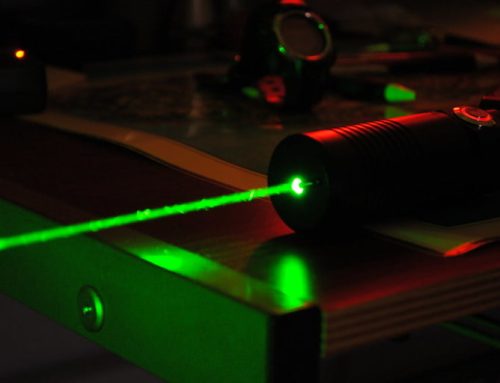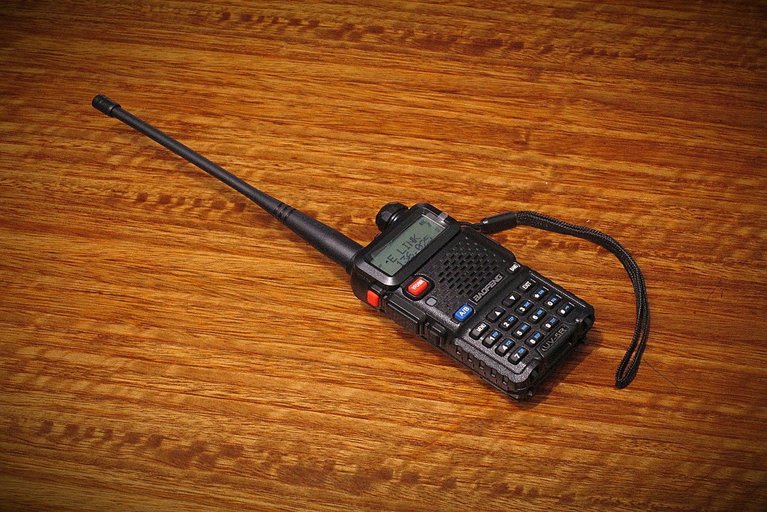
Do you remember your old classical radio system? This radio was being used to listen to several programs like music, news bulletin, etc. A typical radio works in a unidirectional way. It can receive a radio signal but can’t transmit.
Walkie-talkies are a kind of portable radio. But you can receive as well as transmits radio signals by using walkie-talkies within confined areas. So they can communicate bi-directional using radio frequencies.
What are Walkie-talkies?
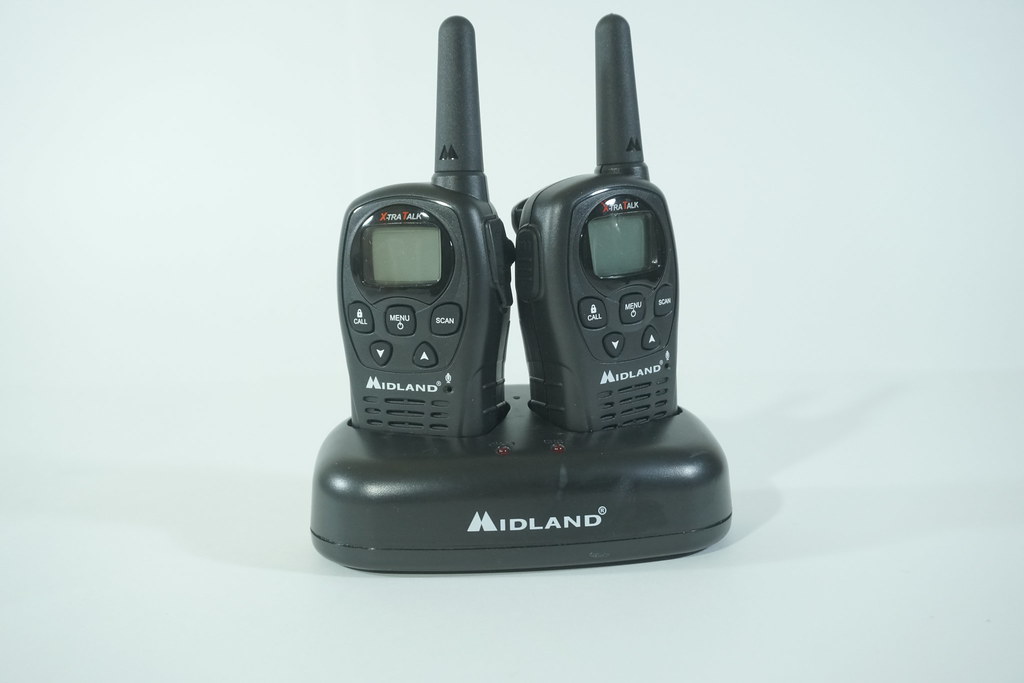
A set of Walkie-talkies
Walkie-talkies are nowadays being used to communicate wirelessly by using radio waves. They have two units. Each unit contains a transceiver of a particular radio frequency. Two or more differently located users can communicate with each other by using Walkie-talkies. To achieve this peoples have to tune their Walkie-talkie at the same frequency. One limitation of this gadget is that it provides a confined area for communication (due to limitation in radio frequency range).

open circuit board of Walkie-talkies
All Walkie-talkies have similar basic components. It has the following units:
- Radio transceiver
- LCD display
- Antenna
- Microphone
- Speaker
- PTT (Push To Talk) button
Radio transceiver:
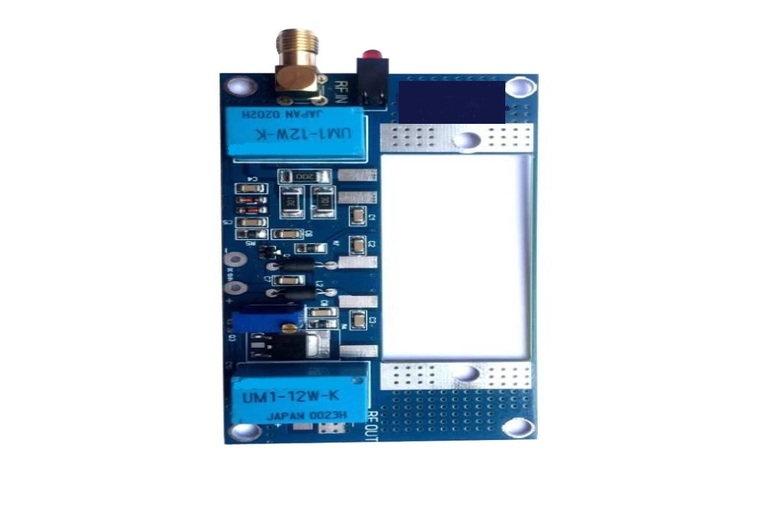
Walkie-talkies transceiver circuit
This transceiver circuit provides internal connectivity to all inner hardware units. It is also responsible to generate radio frequencies for the transmission and reception of signals. We can mainly divide this unit into two parts. In the first part, this unit is responsible to modulate your voice at the high carrier frequency and transmit it. In the second part, it receives the modulated signal and demodulates it to recover the voice or audio signal. For transmission and reception, users should use the same frequency range.
LCD display:
Here LCD represents the radio status, text messages, and menu entries like frequency channel number, remaining battery level, etc. LCDs are not available in all Walkie-talkies. This feature is only available in more advanced models.
Antenna:
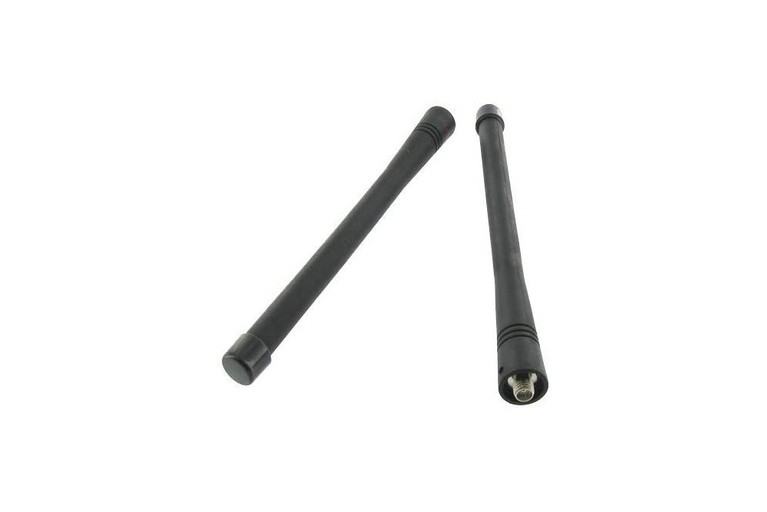
Stubby antenna for Wlakie-talkies
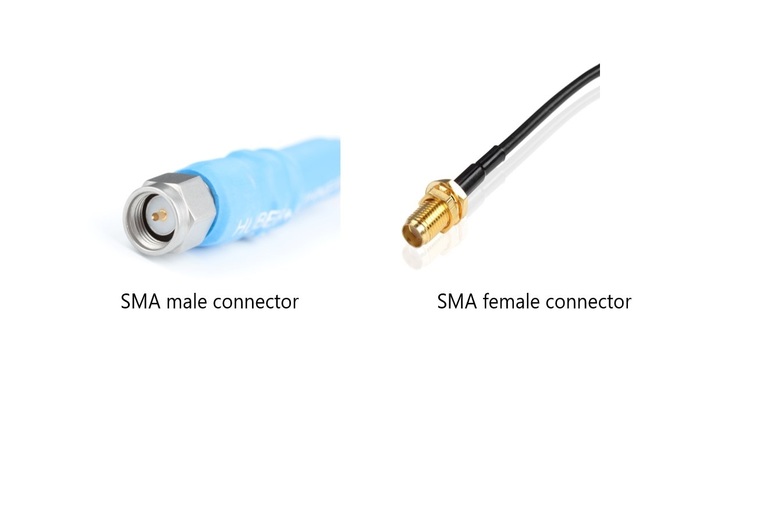
SMA connectors, male and female type
A typical antenna of a Walkie-talkie is made of robust metal and protected with extra-durable plastic. It comes in the length of 3-inch or 6-inch stubby model. All RCA antennas are attached by co-axial RF connectors and semi-precision SMA (Subminiature version A). Antennas in any wireless device are responsible for keeping your signal clear while receiving radio waves and turning them into electrical signals. And also do the same while transmitting your signal.
Microphone:
Walkie-talkies have microphones to convert your voice into an electrical signal. In the initial state, this electrical signal is in a weak state. An audio amplifier amplifies this audio signal and sends it to the transceiver circuit for transmission. In most of the Walkie-talkies, the microphone is automatically activated when the PTT (Push To Talk) button is pressed. For better voice quality every Walkie-talkies manufacturers recommend that you may speak into the microphone one to two inches away from your mouth.
Speaker:
On successful reception of the radio signal, the transceiver circuit demodulates the signal and sends this demodulated signal to the audio amplifier. This audio amplifier amplifies this demodulated signal and sends it to Speaker. Speaker converts this demodulated electrical signal into audio signal.
PTT (Push TO Talk) button:
The PTT button on the side of the radio has two main functions: When you press and hold down to initiate and call and talk; release the PTT button to listen. By pressing PTT we activate the microphone and transmit the audio signal. And when releasing this button speaker gets activated and we can receive the audio signal.
Thanks for reading. See you soon with another exploration!

